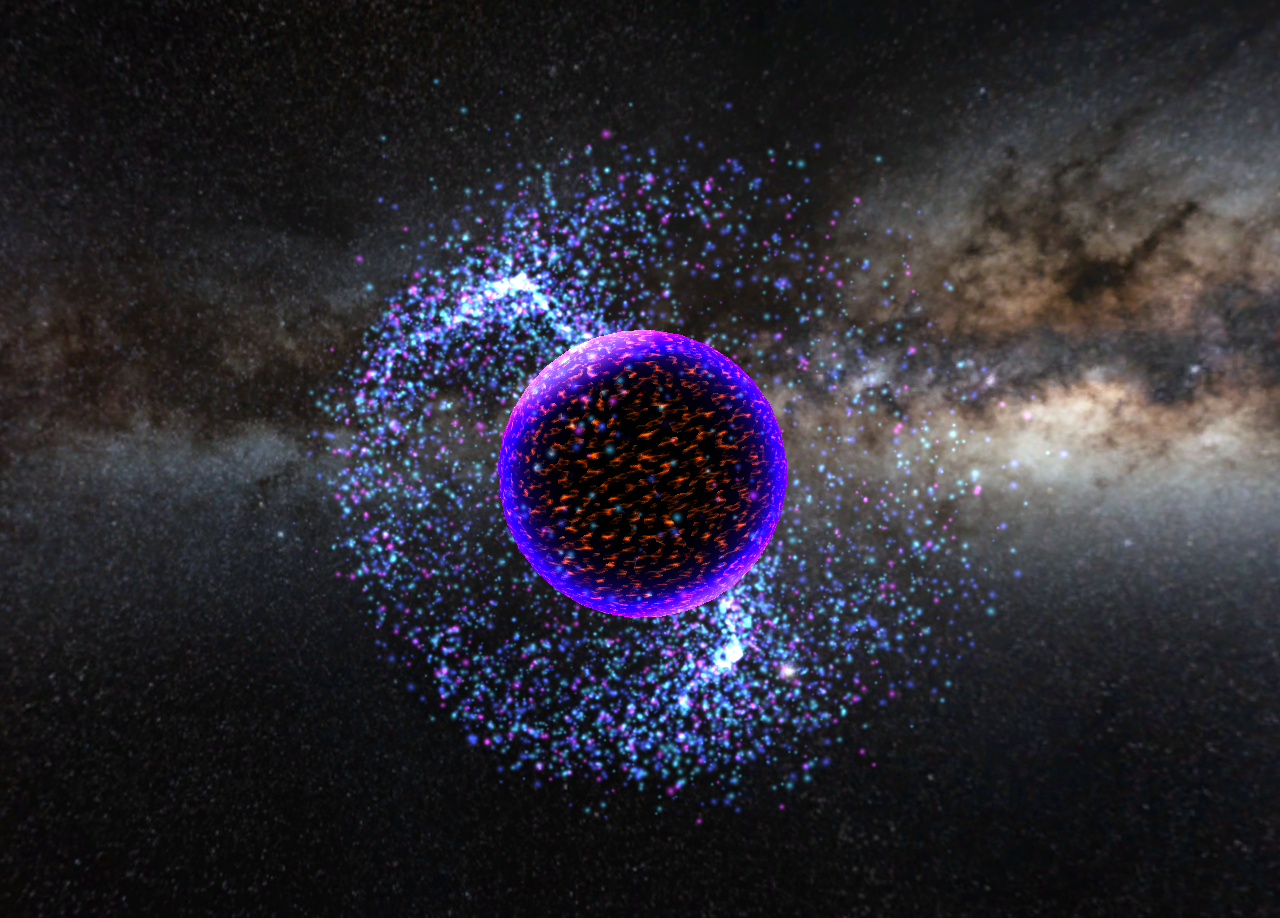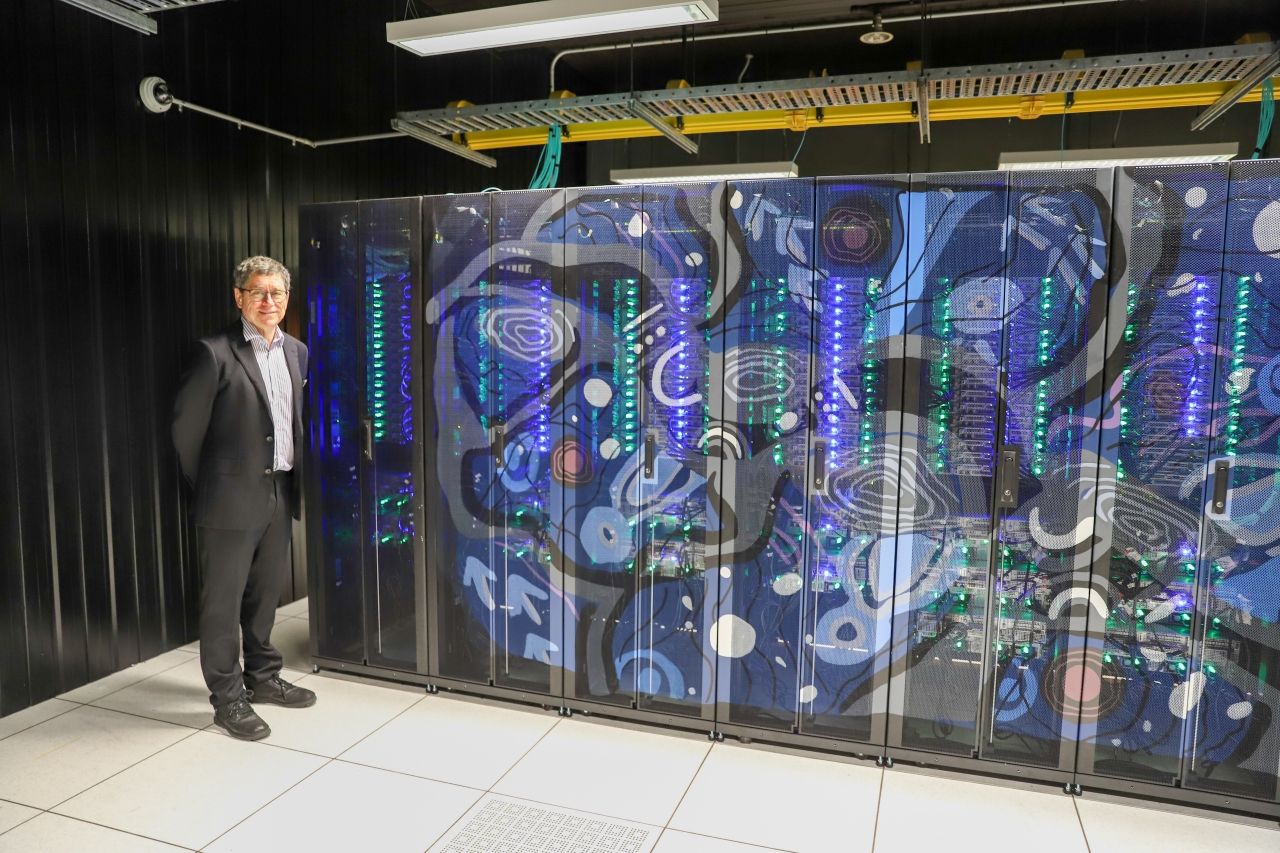New $5.2m supercomputer enhances high impact research around Australia

The new supercomputer will be searching for both Fast Radio Bursts and the gravitational waves generated by supermassive black holes and perturb the arrival times of pulsars.
In summary
- Swinburne University of Technology launched its $5.2 million supercomputer
- This supercomputer has a processing capacity millions of times beyond that of regular computers
- The Ngarrgu Tindebeek supercomputer received funding via Victorian Higher Education State Investment Fund and was named by Wurundjeri elders
Swinburne University of Technology has launched its $5.2 million supercomputer that will produce groundbreaking space technology, medicine, and environmental research by researchers and partners across Australia.
This supercomputer has a processing capacity millions of times beyond that of regular computers, enabling groundbreaking research into space, the brain and complex ecosystems on Earth.
The Ngarrgu Tindebeek supercomputer received $5.2m from the Victorian Higher Education State Investment Fund (VHESIF) in 2022 and was named by Wurundjeri elders through the assistance of the Moondani Toombadool Centre. It translates as “Knowledge of the Void” in the local Woiwurrung language and represents the goal of harnessing the power of a supercomputer to enable researchers to explain the unknown and push the boundaries of knowledge.
Its capabilities include forming a better understanding of:
The mysteries of space including gravitational waves, black holes and galaxy formation
The brain’s operation through analysis of brain data by neuroscientists and neuroimaging experts
Our planet through earth observation data generated from satellites and other ecosystem analysis.
“What used to take researchers and students weeks or months to achieve on their desktops, can now be done in a matter of hours,” says Data Science Research Institute Director and 2023 winner of the Shaw Prize Professor Matthew Bailes. “This supercomputer is designed specifically to help researchers facing massive data sets – like astronomers or neuroscientists - make groundbreaking discoveries. This already makes it such a sought-after machine from scientists in Australia and around the world.”
“Excitingly, it could help us become the first people to convincingly detect gravitational waves from super massive black holes by performing trillions of calculations every second for weeks."

Professor Matthew Bailes with the Ngarrgu Tindebeek supercomputer.
All Victorian universities will be able to use the supercomputer in collaborative research projects. This program of work will support 50 researchers, and be used by over 250 students from high school to PhD level.
Swinburne is also exploring longer term engagements with Wurundjeri and other Indigenous communities through the supercomputer in relation to school engagement and future research opportunities.
Indigenous artist Mandi Barton will design feature artwork for the exterior of the supercomputer in the coming months, further enhancing Ngarrgu Tindebeek’s connection to the local Wurundjeri community.
The facility will be supported by Astronomy Australia Limited (AAL) and in partnership with Victoria University (VU) and Federation University Australia (FUA). Support for the ongoing operations of the Swinburne supercomputing environment comes from the National Collaborative Research Investment Scheme (NCRIS).
The new supercomputer builds on Swinburne’s long history of supercomputer design, development and operation, which includes discovering many of the first Fast Radio Bursts and determining the parameters of gravitational wave events.
-
Media Enquiries
Related articles
-

- Technology
- Science
- Engineering
Victorian students drive green energy transition through international hydrogen competition
Swinburne’s KIOSC, in collaboration with Horizon Educational and Gippsland Tech School, co-hosted the Hydrogen Grand Prix in Melbourne.Friday 26 July 2024 -

- University
The future of fashion: Swinburne launches groundbreaking tech-focused fashion course
Swinburne University of Technology is fusing high tech and high fashion to launch a new forward-thinking Bachelor of Design (Fashion).
Thursday 25 July 2024 -

- University
Swinburne achieves first Cygnet Award through SAGE Athena Swan program
Swinburne has achieved its first Science in Australia Gender Equity (SAGE) Athena Swan Cygnet Award.
Monday 01 July 2024 -

- University
Future of National Institute of Circus Arts (NICA) secured
NICA will transition from Swinburne to the Australian College of the Arts (Collarts), as part of a new agreement that secures the future of circus arts in Australia.
Monday 22 July 2024 -

- University
Swinburne among world’s top 15 universities for scientific impact
Swinburne has been ranked in the top 15 universities in the world for scientific impact across all disciplines, based on the proportion of a university’s papers that belong to the top 1 per cent most cited in the 2024 CWTS Leiden Rankings.
Friday 19 July 2024

